We caught up with the brilliant and insightful Julia Tranfaglia a few weeks ago and have shared our conversation below.
Julia, looking forward to hearing all of your stories today. Earning a full time living from one’s creative career can be incredibly difficult. Have you been able to do so and if so, can you share some of the key parts of your journey and any important advice or lessons that might help creatives who haven’t been able to yet?
I started out interning for production companies and rental houses throughout film school. Upon graduating, I began working on sets, taking on many different roles in production. I think that only gave me a better perspective on the type of work I enjoy, as well as how to be a better producer and director through understanding what I’m asking of my crew. Since then I’ve been independently producing and directing projects for myself and clients. It wasn’t always easy, especially establishing myself, building a client list, and growing my business, but after enough successful projects, things started to become more sustainable with regular calls for work. During the pandemic I invested more into post-production and remote directing. It taught me a lot about adaptability, which is an essential skill in an ever-changing business like entertainment.
Some of my biggest milestones were managing my first big budget and directing my first major project. To be a good producer, you have to be smart, considerate, and clever when it comes to money; it has real impact, which only amplifies the more of it you have. On my first big budget project, it was exciting to have more possibilities around what we could do, but I also had to be more confident in the decisions we made. Once spent, there’s no easy way to turn back a creative call. It taught me to really organize and consider how money can move around a budget to be more effective. In our case, that meant bringing on creatives to develop original animation that could express intangible ideas more impactfully. So, I invested time into finding just the right partner, which was Brave Studios, France, who provided us with incredible designs that made the project more imaginative and exciting.
On my first major project I directed, I had to step up as a leader through difficult production days, unforeseen costs, and tight schedules. It can be overwhelming at times, especially on indie films, but if you lean on your crew and follow the heart of the project, you’ll find a way. For us, that meant scraping our shotlist for a oner, which ended up making our major war scene even more intense than originally planned. Sometimes bending with the constraints can produce better creative work.
There’s no fast way to success, and if there is, it seems to me it burns out quickly. A real stable foundation takes time to build, so my best advice is to invest in yourself and the process. Allow growth to happen naturally with proper effort, enthusiasm, and resiliency. Give yourself grace and patience to let the good things come in time, and never stop learning. My relationships have been the most valuable return on investment.
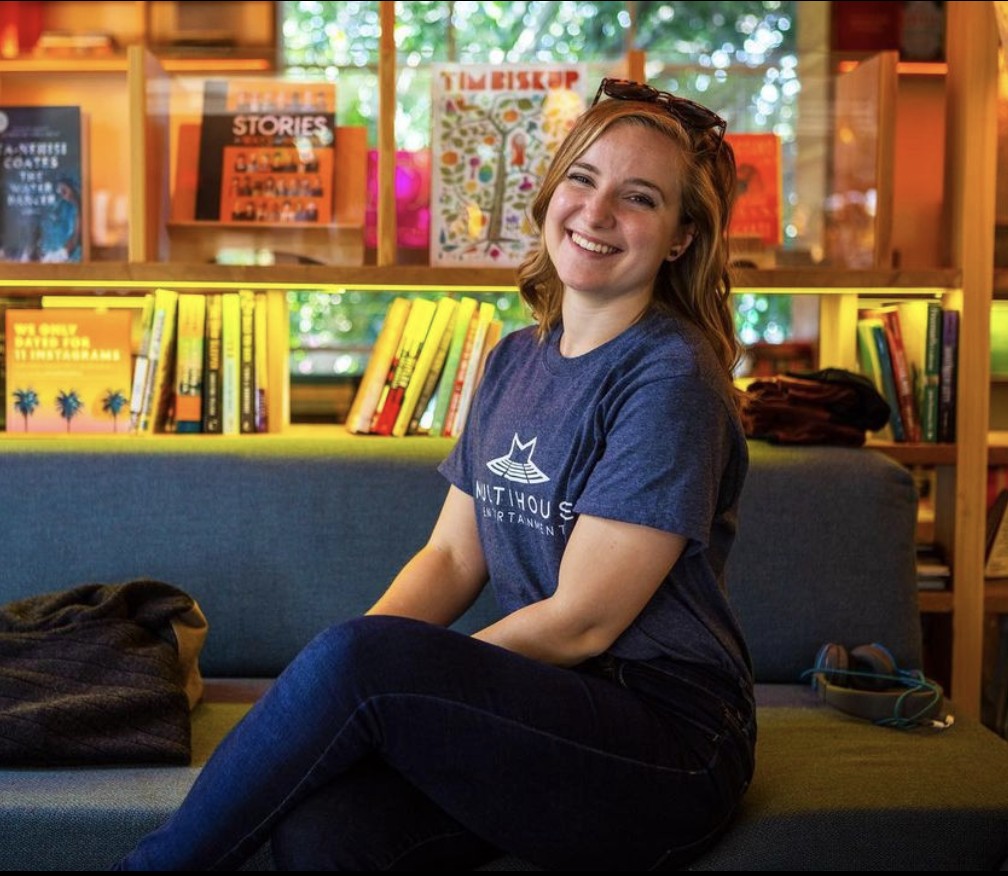
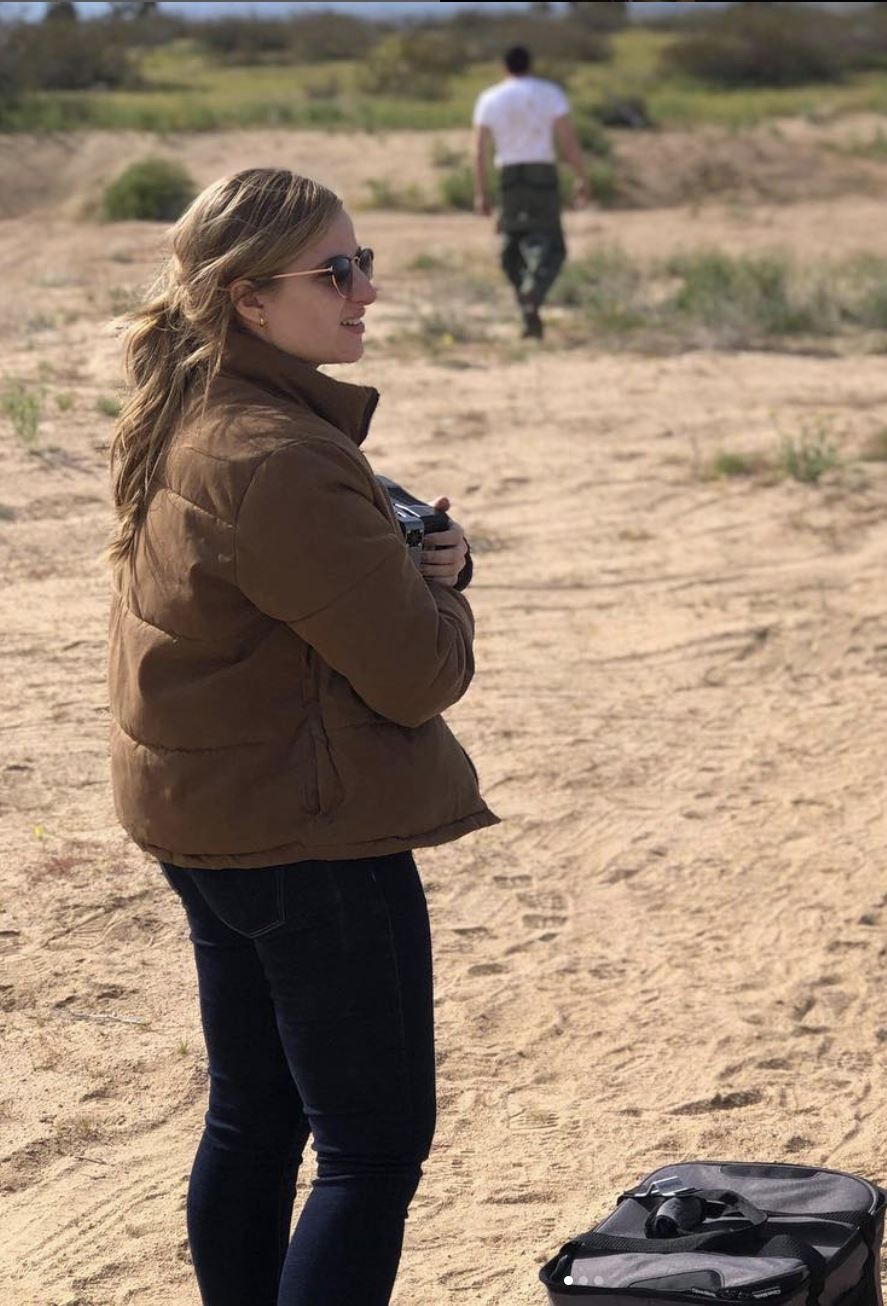
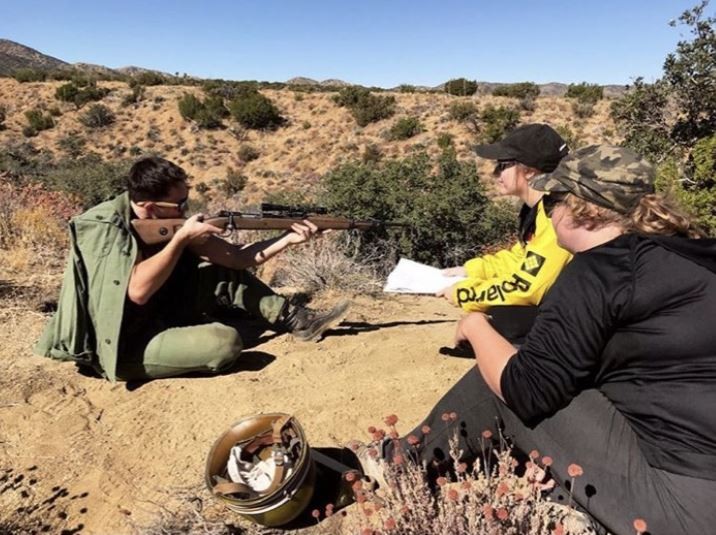
Julia, love having you share your insights with us. Before we ask you more questions, maybe you can take a moment to introduce yourself to our readers who might have missed our earlier conversations?
I’m an independent producer and director who mostly works on commercials, short form narrative, and feature films. My last film, “Civil Defense: Red Rover,” did quite well in the film circuit, winning several awards, and is available for viewing online.
I’m currently in development on a modern horror movie that involves lots of fun gore and special fx. Directing this piece is deeply rewarding and challenging, especially as we respectfully navigate the strike. The best part by far is getting to collaborate with incredible people like writer, actor, producer Drew Dusterhoff and cinematographer, producer Mario Garciduenas. As a director, research is one of the most interesting parts of pre-production. You get to dig into the creative process in a way that grounds your inspiration and allows you to better communicate your vision. Recently, my collaborators and I toured the Breakers in Newport, RI, in order to research historical wealth. This gave us fascinating comps for potential lighting and production design.
I’m also directing a commercial for Thought Industries, a long-time client of mine, which focuses on the infinite possibilities of learning. On the Art of the Impossible, I’ve been working with Lawrence He of Buffalo 8 to design and mix the sound. His work is absolutely beautiful, and the soundscape he creates is just awesome. I can’t wait for it to premiere next month at Cognition, Thought Industries’ big event!
For my commercial clients, I often come up with a creative vision for the work they need, and manage the process to make it happen, no matter what type of video it is. The biggest differentiator I provide is a healthy balance between creative and business, accomplishing goals to effectively make projects happen on budget and on time, in a way that is artfully exciting.
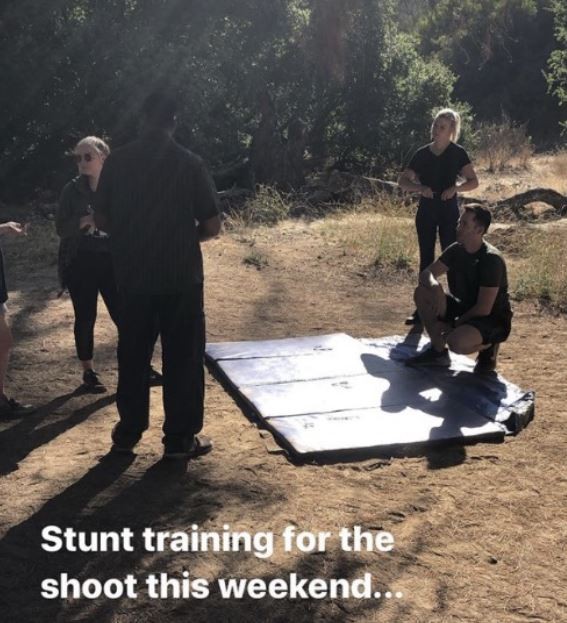
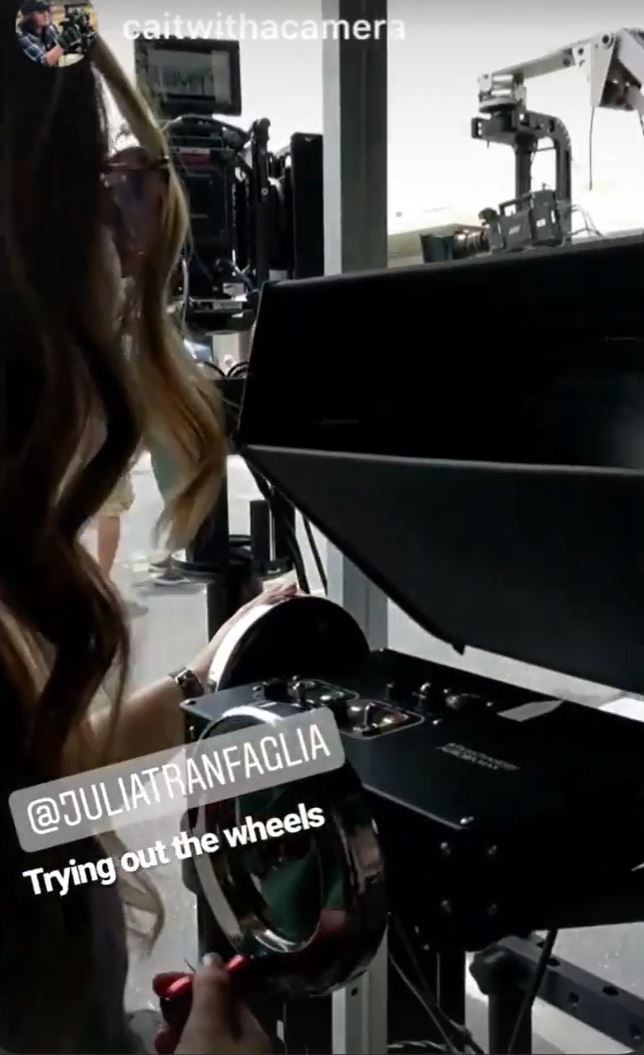
What can society do to ensure an environment that’s helpful to artists and creatives?
Society needs to value creativity monetarily. Ideas, artistry, craftsmanship, those are all talents that can’t be easily replaced by technology. You notice a difference in the quality of a garment that’s handmade versus made by machines. There’s a reason it costs more, and it’s usually because it requires more skilled, unique labor to make. This is the beauty of human expression and creation. It’s not something that can be mass produced — and when it is, it lacks depth, longevity, and quality. Pay your creatives fairly for their work, and when successful, compensate them for their contributions accordingly.


What’s the most rewarding aspect of being a creative in your experience?
Being able to work with incredible people who help you bring ideas to life is one of the most rewarding experiences. Seeing a project grow and develop from just a concept into something tangible and real, and then to be able to look back at the process, and appreciate the challenges overcome, is so fulfilling. All you can ask for is to have your art really resonate with someone, and build community with your audience and the people behind the work. Expressing something that can be shared means creating connections that last even beyond the art. I’m truly blessed to be able to make a living from my creative work, and even luckier to do it with such wonderful people.
Contact Info:
- Website: juliatranfaglia.com
- Instagram: instagram.com/juliatranfaglia
- Youtube: https://youtu.be/1vwyy4DSgEw?t=39
- Other: imdb.com/name/nm9202869/

